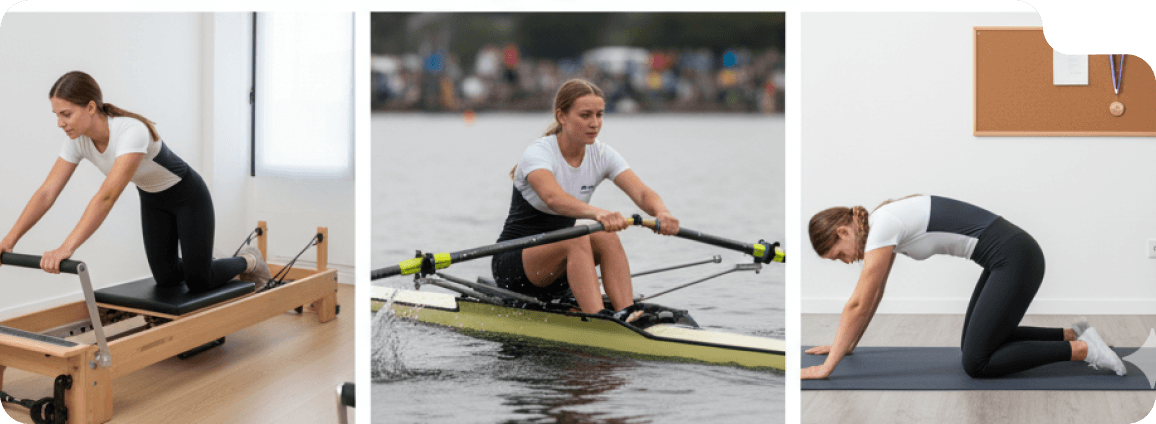Comprehensive injury management for rowers
Rowing injuries can stop you from doing what you love. As rowers who have experienced injuries from our school and club days, we understand the importance of having a trusted team that can guide you on the best way forward.
Whether you’re competing expertly or rowing for leisure, Restore Physiotherapy can customise a strengthening and rehabilitation plan that helps you get back on the water quicker. Our team works closely with rowers and their coaches to build their strength, as well as conditioning trainers to monitor technique changes. With our return-to-rowing programs, we’ll help you meet your rehabilitation goals.







